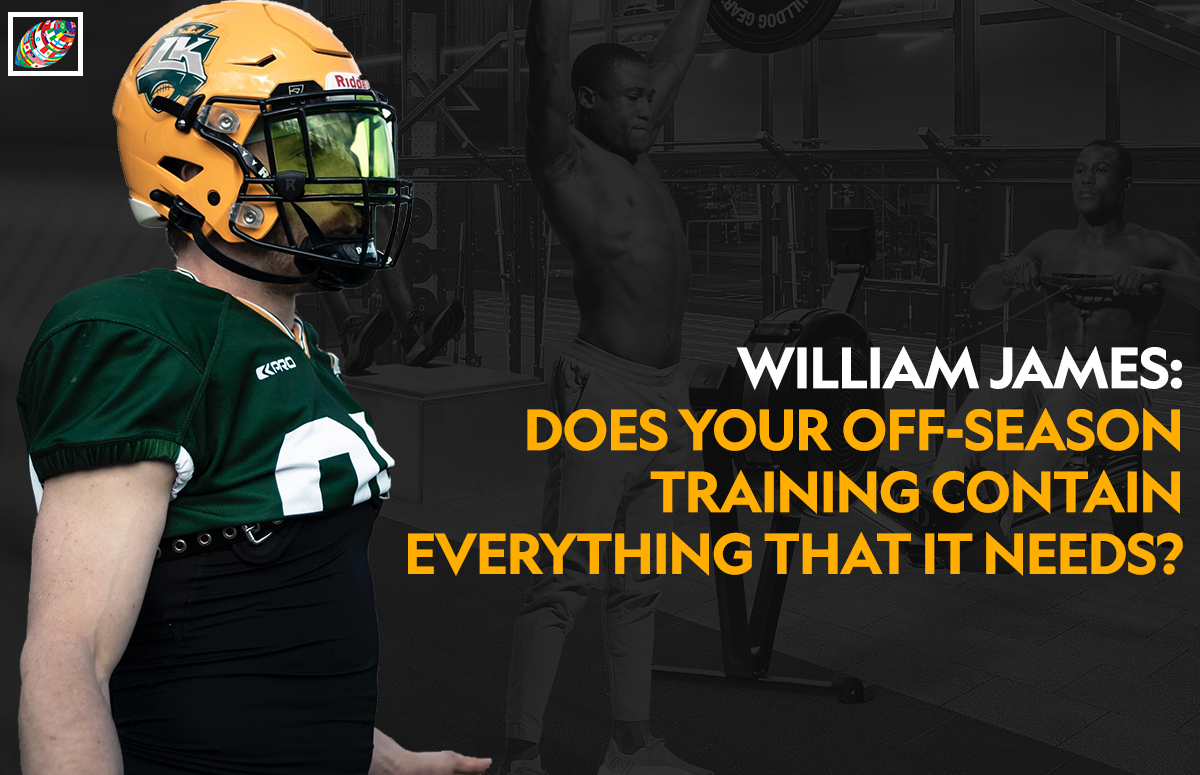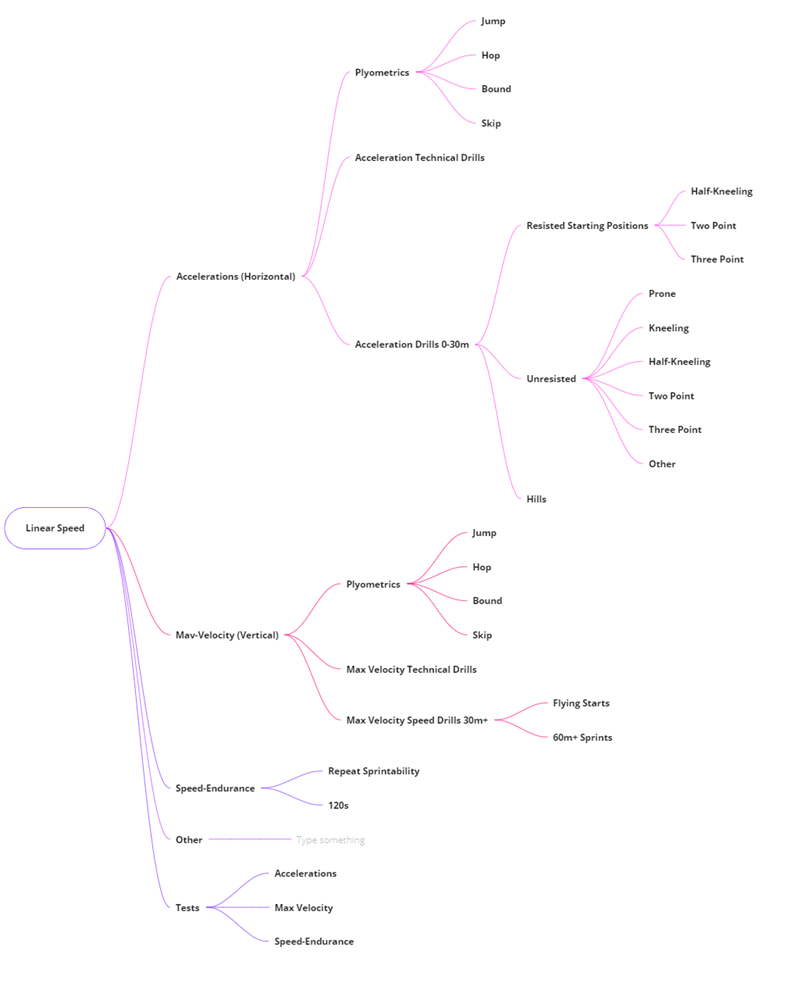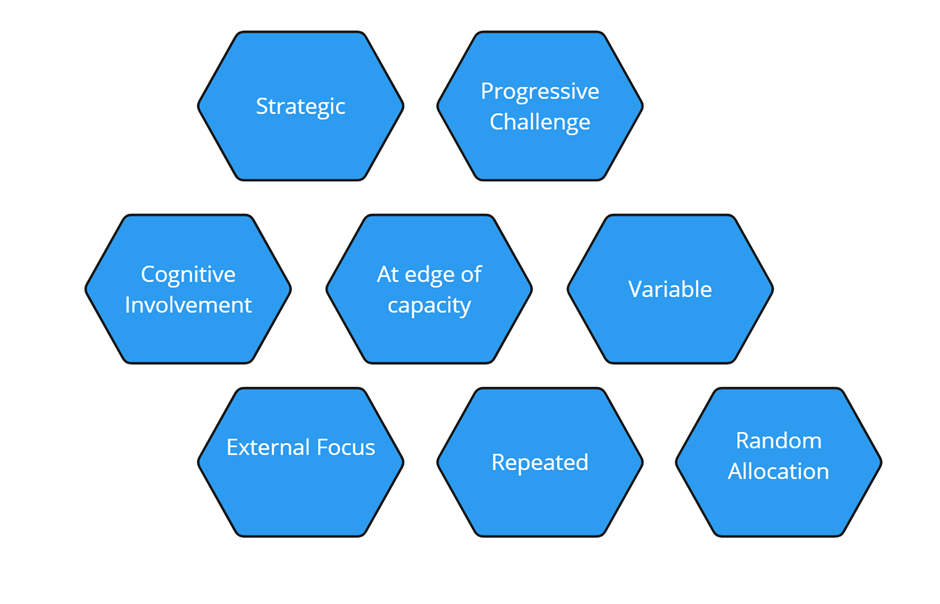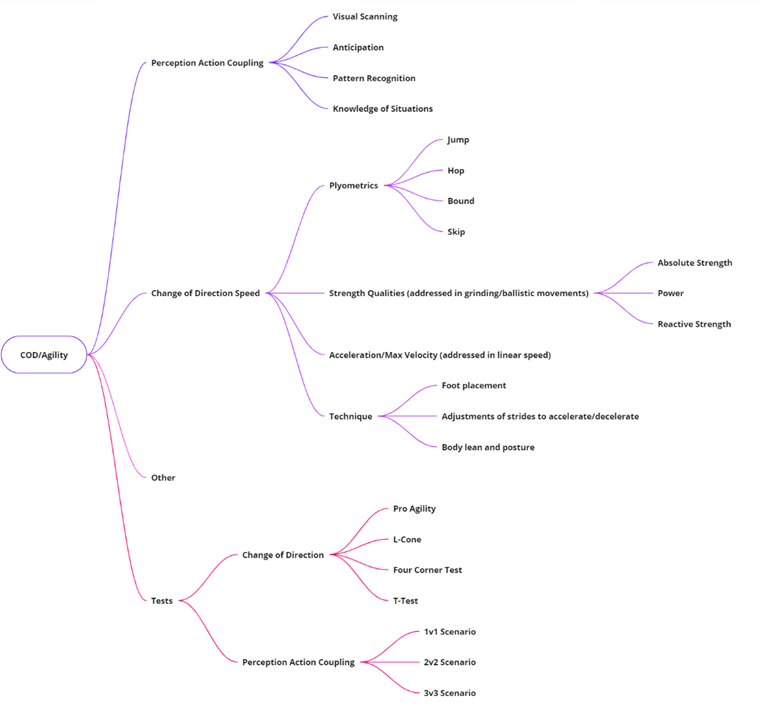Does your off-season training contain everything that it needs?

By William James
Introduction
Preparing for the sport of American football is no easy task. There’s a reason that most colleges in the U.S employ full-time staff to develop their players into elite level athletes. In Europe, we rarely have the same access or even money for this. This article will explain what a good program should contain so that you can make the right choices when structuring your off-season.
Understanding the off-season
The main purpose of the off-season training schedule is to help improve your on-field performance. For field sport athletes such as American football that means balancing a whole array of different training qualities.
You might think that it is enough to spend your off-season in the weight room comfortably working on strength alone and believing that this will increase your performance. However, this is far from the truth.
Components of off-season training
An off-season training program needs multiple qualities to truly develop you. In order of importance these components are
- Speed
- Plyometrics
- Agility
- Strength
- Conditioning
1. Speed
The number one component of any strength and conditioning program is to increase our speed. Speed kills. The reason speed is the number one priority is for a concept known as a “speed reserve” which is a term conceived by Derek Hansen. Similar to strength, if we push our 1RM (1 repetition max) squat up, then 75-85% of that 1RM is higher than somebody with a lower 1RM. In order for the person with a lower 1RM to match the intensity of the stronger person, he needs to operate at higher relative intensity.
If you have an athlete who runs with a top end speed of 10m/s, then they are mostly performing at 7.5-9.0m/s during games. This carries multiple benefits. First off, the faster athlete will have the potential speed to separate themselves from opponents. Secondly, over the course of a game, a slower athlete has to put a lot more effort in to continuously keep up with the faster athlete due to the relative speed reserve they both have.

Components of speed
2. Plyometrics
Plyometrics are number two because I view them as specialized strength for sprinting. Plyometrics incorporate a time demand (rebound time) for you to develop sufficient force (power) as opposed to strength training in which, theoretically you have unlimited time to lift your weight. You should be working on a variety of plyometrics based on your position. Keep them varied, keep them fun.
3. Agility
Agility is different from change of direction if you’ve read my previous article “Stop wasting your athletes time.” Agility involves something known as perception-action coupling. This means we perceive something (a running back approaching us) and we determine an appropriate course of action to prevail in the situation. This is a bit of a gray area since some might argue that we get this stimulus from our sport. However, it’s likely that most Europeans are underdeveloped from a lack of reps, so the more situations in which you are working against other people, the better.

What good agility contains
4. Strength
Most of us all know and love strength training. Getting under the bar and squatting or benching a little more each week is important. The reason strength coaches and coaches in general love strength training is because it is easy to understand and compare. Athlete A squats 100 kg and athlete B squats 13 0kg. Coaches, or strength coaches believe athlete B has more potential for on-field performance. While strength is extremely important as it is the foundation for creating a robust and strong body that can cope with the demands of training and sport, it is still limited in terms of transfer.
For American football players, strength is extremely general in its transfer to the field, which is why we can keep it very general as well. The cool stuff you see on Instagram isn’t necessary. Get under a bar and lift progressively heavier weight, then spend your extra energy or doing what matters.
5. Conditioning
Conditioning is last on this list for the same reason as stated in the speed section. If we are pushing our top end speed qualities enough, we are always operating at a lower relative intensity. As a result, conditioning can be kept specific to practices. As long as we are covering speed, plyos and agility, the role for grindy, submaximal sprinting becomes less necessary since it isn’t pushing the body to adapt, it is teaching it how to survive.
Balancing the qualities
The name of the game is to find ways to implement all of these qualities in varying intensities throughout the off-season. We run the risk of overtraining and injury if we’re pushing all of the qualities to their limit. There is a finite amount of energy for adaptation available to us and we have to pick and choose how to progress in a smart way.
Periodization
Periodization is another word for planning. When we periodize our off-season we want to follow something known as vertical integration, meaning we work on all components, year around, in varying intensities. Block periodization, which is separation of each quality in a sequential order, is less effective for field sport athletes, since by the time we develop the first block’s qualities, we will see a drop off towards the end.
Conclusion
Whatever you choose to do, just make sure that you are touching on all these components at least once per week. I’ve made it my mission to provide American football players with a training program this off-season in order to help people become better prepared for the season.
Look for future articles in which we’ll explain ways to progress each quality and more.
If you have any questions, you reach out to me through my Instagram @williamjames91.
